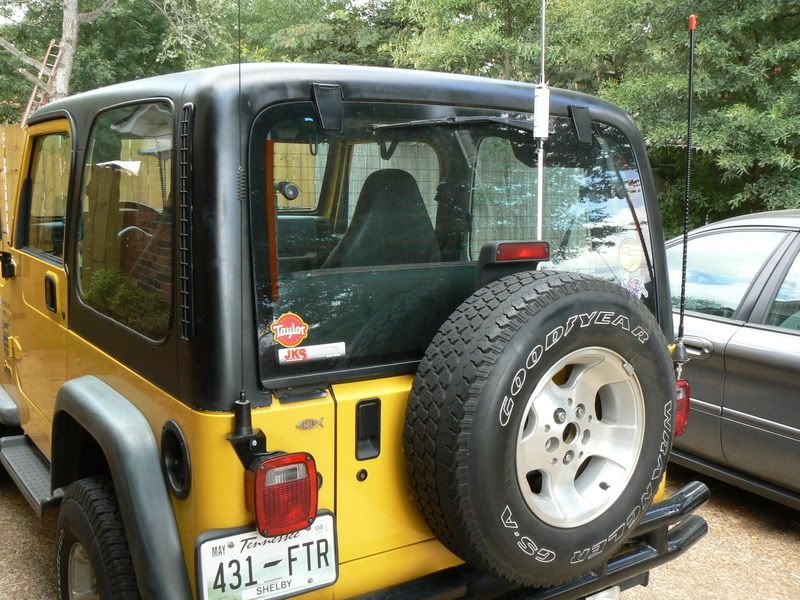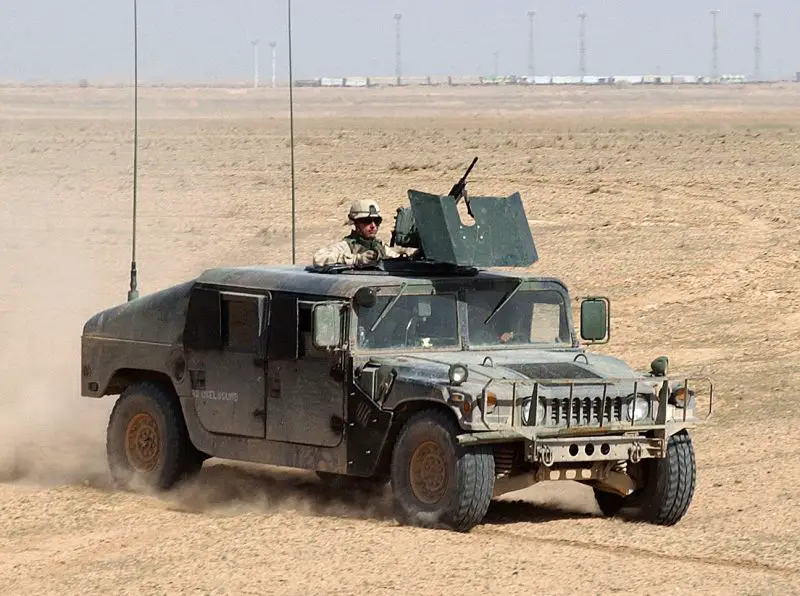Hey Everyone,
Total newb here. I am wondering why I see people mounting antennas to the front of the vehicle. Is this a preferred location for overland travel? This is a serious question. I have been a ham for a long time and have never noticed anyone mounting an antenna up front until I spent a couple of weeks in Africa this summer. Just curious.
On a second note, I am wondering why people mount a cable from the front bumper to the roof rack. I would guess this is to deflect branches. Again curious. Thanks in advance.
Total newb here. I am wondering why I see people mounting antennas to the front of the vehicle. Is this a preferred location for overland travel? This is a serious question. I have been a ham for a long time and have never noticed anyone mounting an antenna up front until I spent a couple of weeks in Africa this summer. Just curious.
On a second note, I am wondering why people mount a cable from the front bumper to the roof rack. I would guess this is to deflect branches. Again curious. Thanks in advance.


